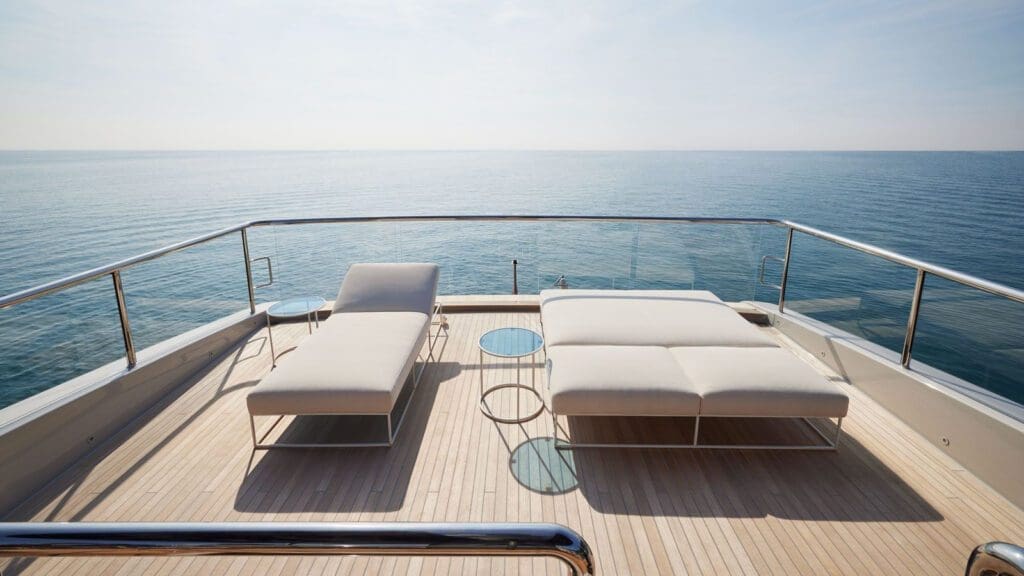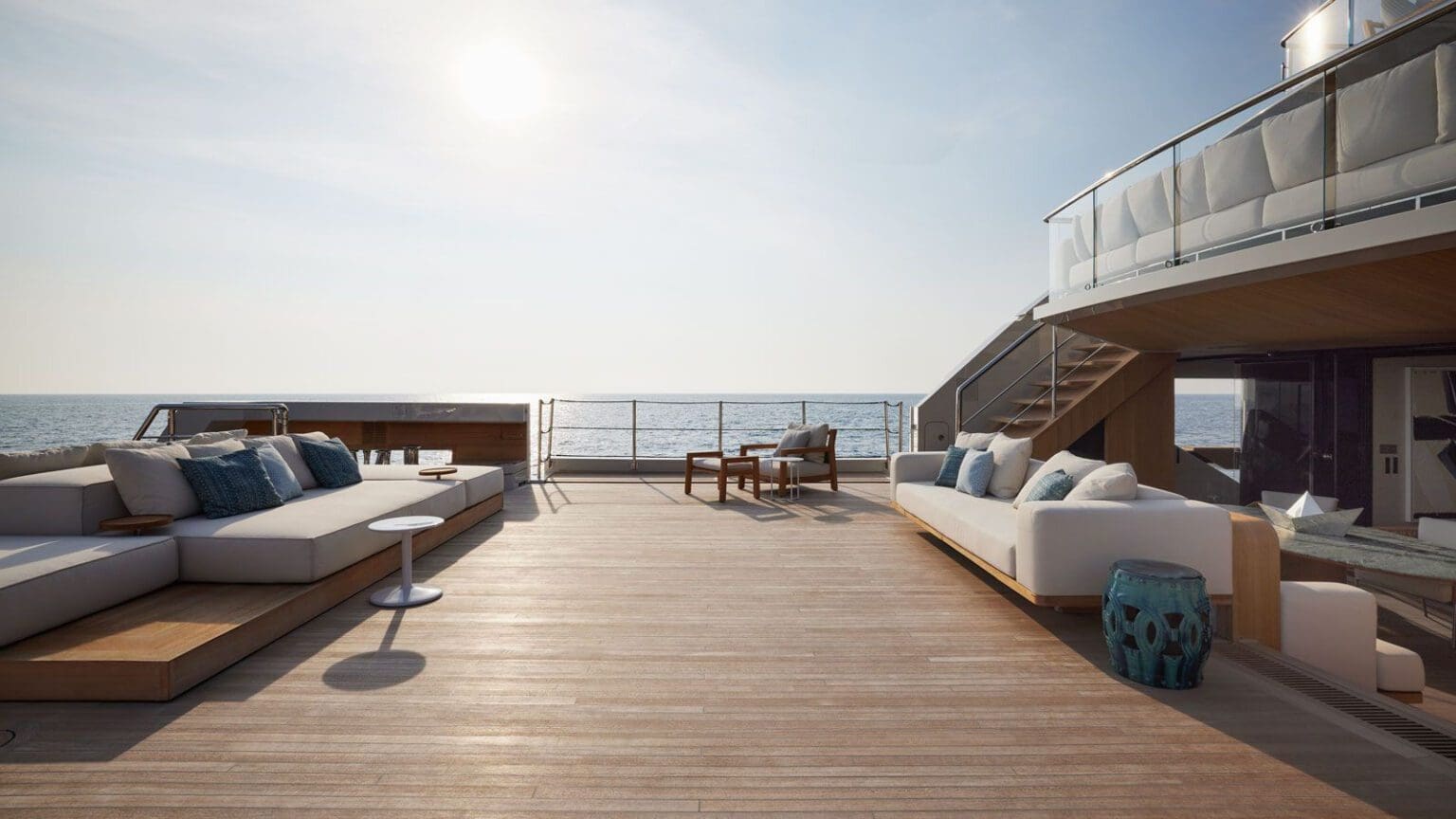Audiences
Trends
Industry
Marketing to High Net Worth and Ultra High Net Worth Audiences
Our recent article on luxury audiences helped to define five key wealth segments and the nuances and behaviours of these categories: Affluent, Wealth, HNWI, UHNWI, and Billionaires.
This understanding helps to identify what’s important to these audiences and hence the most effective way to build lucrative marketing programmes, from creative and visual identity through to media channels and targeting.
In this article, we delve deeper into two particular wealth segments that our clients and communities are keen to understand better: HNWI and UHNWI.
High Net Worth vs. Ultra High Net Worth Individuals: What’s the difference?

DISPOSABLE INCOME
A High Net Worth Individual (HNWI) will typically have a disposable income between $1m -$30m, whereas the disposable income of an Ultra High Net Worth Individual (UHNWI) typically sits between $30m-$100m. These figures exclude primary home and pensions, but do include other assets, such as second homes, stocks, cars, art etc.
SOURCE OF WEALTH
A HNWI will typically work in tech or finance, with this weighting getting higher the wealthier people become. Whereas the tier below, ‘Wealthy’, includes professional sectors such as media, medical, and law, for example.
This group is predominantly self-made business owners (60%), as opposed to inherited wealth.
Within the UHNWI segment, we see a slight increase, with 70% self-made business owners, yet still within the tech or finance industry.
GENDER
87% of HNWI are male, vs. 90% of UHNWI, but as we see wealth rise globally, women are beginning to take up a larger percentage. Indeed, while it may be male dominated in earning the wealth, women typically have an even hand in spending it.
LOCATION
According to the Henley Global Citizens Report 2023 we can break down the top ten cities for HNWI and UHNWI as follows:
| HNWI | UHNWI |
|---|---|
| New York City, USA – 340k | New York City, USA |
| Tokyo, Japan – 290k | Tokyo, Japan |
| San Francisco, USA – 270k | Hong Kong, China |
| London, UK – 270k | San Francisco, USA |
| Singapore, Singapore – 240k | London, UK |
| Los Angeles, USA | Singapore, Singapore |
| Chicago, USA | Los Angeles, USA |
| Houston, USA | Chicago, USA |
| Beijing, China | Shanghai, China |
| Shanghai, China | Beijing, China |
MARKETING TO HNW AUDIENCES
Utilising this deeper understanding of HNWI and UHNWI, we can then tailor our digital marketing activity much more effectively.
If we take a closer look at the top ten locations of HNWIs we can see that seven of these cities use English as their primary language. Expand this to look at the Middle East and India, which also have a large propensity of HNWIs, all with English as the pre-eminent language of business.
This allows us to tie down marketing programmes that are tight on geolocation of high value property postcodes in these cities, ensuring that our marketing spend is effective while keeping the complexity simple by rolling out in a single language first.
Understanding the location of HNW audiences also allows us to build in our knowledge of local nuances in the market to tap into these personas in a much more authentic way. This might include cultural, creative, linguistic, and behavioural differences.
We can also dig into this further. For example, in the US there is a general acceptance of philanthropy from HNWI. In the UK, we have a peerage system that rewards people who have done well in their careers. In the US, they open a hospital, a wing to a university, or setup their own charitable foundation.
But as we move around the world this changes. We know that cultural influences change the way people want to be viewed by society and therefore the projects they undertake.
Marketing to an UHNW audience
We do know that one of the major differences between HNW and UHNW is the desire for greater anonymity. UHNW individuals often hold large amounts of influence in everyday life, from running large tech companies that reshape our societies thought to politics and how new legislation is developed or indeed how political parties and institutions are funded.
Therefore, in their personal lives they typically choose to step away from the limelight while adopting quiet luxury that protects their personas as well as the security of their families.
With this need comes access to some of the highest price tag items available: luxury yachts, planes, and islands, which offer them prestige alongside the opportunity to switch off and secure themselves away from normal life.
At Giant Leap we’re heavily invested in researching and understanding wealth segments to help inform the way we develop our digital programmes in order to tailor our approach to drive the right behaviours from our wealth segments.
While this article looks broadly at the differences between HNW and UHNW, there is still plenty of nuance within this to explore. If you would like to know more, please get in touch.

